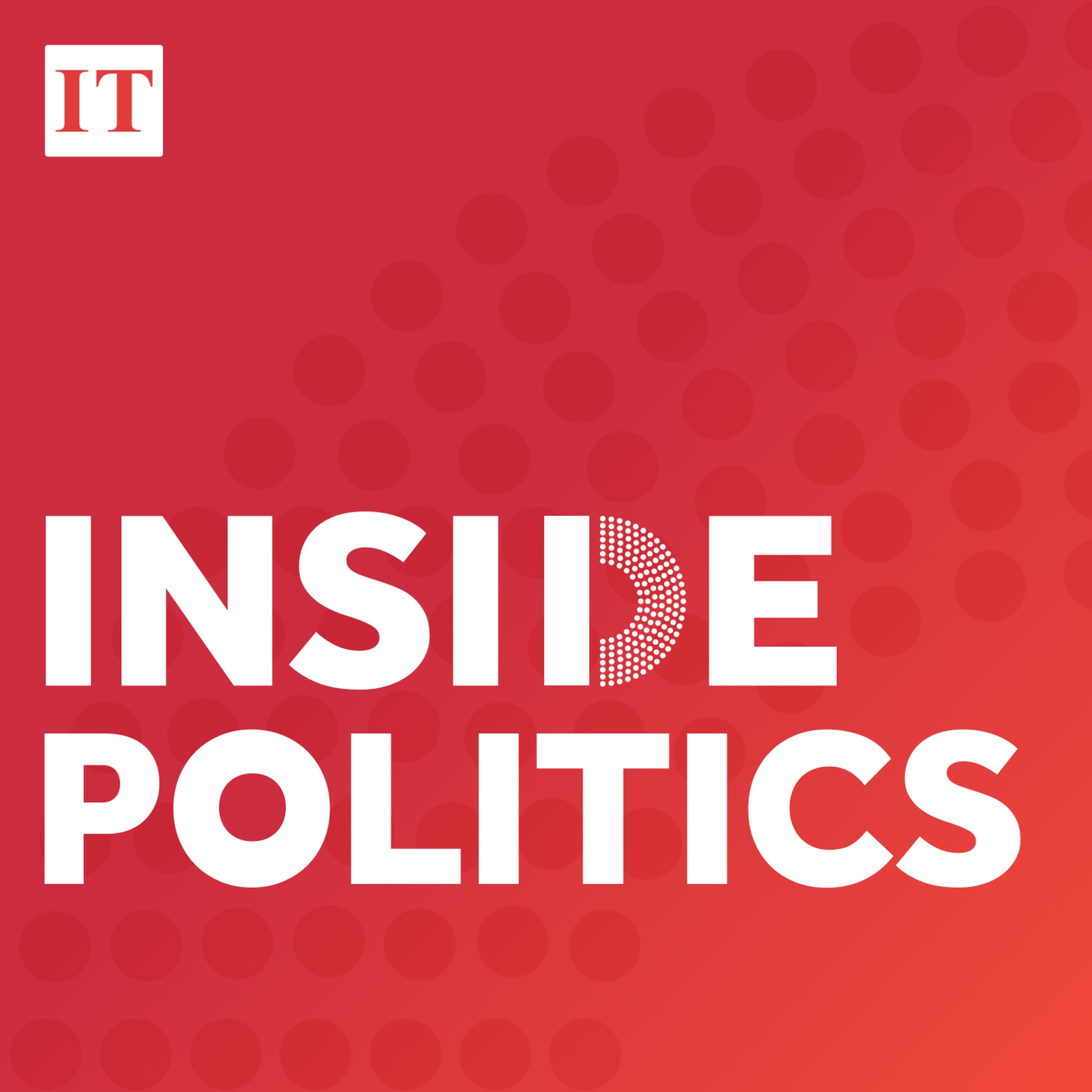Voters have no desire for a general election now, are content to see Leo Varadkar take over as taoiseach in December (just about) and the most popular choice for the next government is … the current Government.
Those are the main findings from the final day of the latest Irish Times/Ipsos opinion poll, though as ever there is much to pick apart in the numbers.
First, the findings themselves. There is definitively no desire for a general election among a majority of voters who expressed a preference in the survey. Asked if they wanted a general election now or in 2025 (when the Government’s term expires), just 37 per cent wanted an immediate election, while 57 per cent were happy to wait. Not surprisingly, there was a sharp divide along party political lines — 70 per cent of Sinn Féin voters want an election now (though 27 per cent do not) while 90 per cent of Fianna Fáil voters favour waiting until 2025. The swing voters here are supporters of independents and smaller parties — 56 per cent of whom want to wait.
Voters are reasonably relaxed about the switch in the Taoiseach’s office between Micheál Martin and Leo Varadkar, due to take place on December 15th. There is a small majority of respondents who express an opinion (48 per cent) who say they are happy to see Varadkar take over, against 42 per cent who are not happy.
READ MORE
But there is no big groundswell for Micheál Martin to continue. Just 31 per cent say they want him to stay in the job, while 58 per cent disagree.

Poll: Support for Ukraine strong but accommodation worries grow
Voters seem aware of the plans for the top job-share and are not rebelling against the idea. On whether they believe that “this is not a time for big changes in Government”, voters are more or less evenly split: 45 per cent agree, 46 per cent disagree.
There is no groundswell for the Sinn Féin leader, either, beyond her core supporters. Asked if they agreed with the statement “I would like to see Mary Lou McDonald as Taoiseach after the next election”, 37 per cent say they agreed — but 50 per cent disagreed. As you’d expect, 92 per cent of Sinn Féin voters want to see her as Taoiseach, while Fianna Fáil, Fine Gael, Labour and the Greens are overwhelmingly opposed. Watch those Independent voters again, though: they don’t want Mary Lou as Taoiseach by a margin of 58 per cent to 32.
Voters were also asked about their preferred next government. Two choices were significantly more popular than the others. A continuation of the current administration is the most popular choice, with 30 per cent of respondents nominating it as their choice. The next most popular choice was for “a Government led by Sinn Féin without either Fianna Fáil or Fine Gael”, which was nominated by 24 per cent.
A Sinn Féin-Fianna Fáil coalition was the choice of 9 per cent of respondents, while just 6 per cent went for a Sinn Féin-Fine Gael government. “None of these” was the choice of 15 per cent, while 18 per cent said they didn’t know.
Sinn Féin component
Crunch the aggregates of those numbers a bit and it reveals that the choices for the next government are finely balanced. Of those who expressed a preference, 39 per cent favour a government which includes Fianna Fáil in some role; 39 per cent want Sinn Féin involved in government with various partners; while 36 per cent want a government with Fine Gael involved. Combine the FF and FG preferences and 45 per cent of respondents want Fianna Fáil or Fine Gael in government, either with each other or Sinn Féin.
So what does all this mean? Taken together, findings from the last three days of polling suggest a few conclusions about the current state of Irish politics:
- First, Sinn Féin’s lead in the polls is solid and substantial. It remains on course to be the largest party in the next Dáil by some distance. It retains a large advantage among younger voters, reflecting a generational divide that is stark. That does not automatically mean, of course, that Sinn Féin will lead the next administration. Mary Lou McDonald still has to find a route to government;
- Second, the current Government is holding up reasonably well in the circumstances. The recent giveaway budget has significantly bolstered its standing and voters are no longer as grumpy about the Coalition as they were. That having been said, very considerable challenges, internally and externally, lie ahead;
- Third, the competitive part of Irish politics is largely about the clash of the big blocs — Sinn Féin on the one side, Fine Gael and Fianna Fáil on the other. But government formation may give the little guys a big say. As for the competition between the big beasts, if you regard FF-FG as the one political force — and judging by their enthusiastic and voluminous contributions in social media discussions, many Sinn Féin supporters do — then looking forward to the next election and the process of government formation that will follow, well, it’s all to play for.













